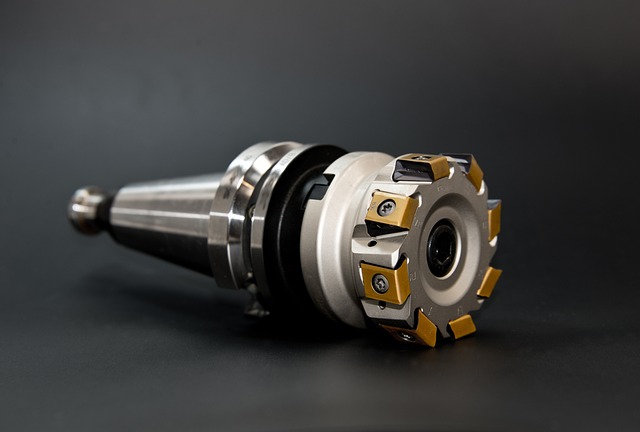A day in a prosthetics workshop: responsibilities and routines
A prosthetics workshop is where skilled technicians transform dental prescriptions into functional restorations. This article outlines typical daily routines, the mix of manual craft and digital tools, and the core responsibilities that maintain quality and fit in a busy lab environment.

A typical day in a prosthetics workshop combines hands-on craftsmanship with digital processes to produce restorations that meet clinical specifications and patient needs. Technicians begin by reviewing case notes, verifying materials and shade information, and prioritizing work by turnaround times. Throughout the day they balance manual tasks—like shaping and finishing—with machine-driven steps such as milling and sintering, always confirming fit against models and lab prescriptions. Attention to materials, from ceramics to resin and metals, is constant, as is communication with clinicians and lab managers to keep the workflow moving smoothly.
This article is for informational purposes only and should not be considered medical advice. Please consult a qualified healthcare professional for personalized guidance and treatment.
Prosthetics: daily responsibilities
A core responsibility in the workshop is producing prosthetics that restore function and esthetics. Tasks include receiving impressions or digital files, checking prescriptions, and organizing cases. Technicians fabricate crowns, bridges, dentures, and implant-supported restorations while tracking each stage of the workflow to ensure traceability. Quality control measures—fit checks on models, occlusal adjustments, and visual inspections—are routine. Communication with dentists about margin clarity, implant analog orientation, and expectations for restoration materials is integral to preventing remakes and maintaining lab-client relationships.
Ceramics and esthetic restoration
Ceramics play a central role in many restorations due to their esthetic properties and biocompatibility. Technicians layer and stain ceramic materials to match surrounding dentition, using characterization techniques that require both artistic skill and technical knowledge of shrinkage and firing behavior. Ceramic work often involves iterative try-ins and refinements on models or provisional appliances. Knowledge of ceramic systems, bond strengths, and compatibility with other materials is important, especially when restorations interface with implants or metal substructures.
CAD/CAM and digital workflow
Digital tools such as CAD/CAM systems have reshaped workshop routines. Technicians import scanned impressions or intraoral scans, design restorations using CAD software, and prepare files for milling or 3D printing. Digital workflow improves consistency and can speed case turnaround, but it also requires new skills: digital design principles, understanding scan artifacts, and managing file libraries. Effective use of cadcam technology depends on calibration, software updates, and coordination between digital and analog steps, such as when a milled coping needs manual ceramic veneering.
Milling, sintering, and finishing
The milling process removes material from blocks of zirconia, composite, or metals to create frameworks or provisional restorations. After milling, many restorations require sintering—especially zirconia—to achieve final strength and translucency. Sintering cycles must be followed precisely because time and temperature affect microstructure and fit. Post-sintering steps include staining, glazing, polishing, and adjustments to contacts and occlusion. Finishing techniques vary by material: ceramics benefit from glazing and firing, while resin restorations may be refined by careful polishing and light curing.
Working with resin and metals
Resin and metals remain important for specific restorations and frameworks. Resin materials are common for temporaries, provisional bridges, and certain implant components; technicians handle layering, curing, and polishing to achieve the appropriate strength and surface finish. Metals—ranging from non-precious alloys to titanium—are used for frameworks, implant abutments, and removable prosthesis components. Metalwork requires different equipment and safety practices, such as casting, finishing with burs and polishers, and ensuring proper fit at implant interfaces and clasps.
Training, apprenticeship, and workshop workflow
Many technicians learn through apprenticeships or formal training programs that combine technical education with supervised workshop experience. Apprenticeship emphasizes manual skills—waxing, casting, ceramic layering—while structured courses introduce digital competencies and materials science. A well-organized workshop relies on documented workflow: case intake, model production, digital design, fabrication, finishing, and shipment. Lab managers often implement standard operating procedures for infection control, material handling, and quality assurance to maintain consistency across teams and shifts.
In summary, a prosthetics workshop day blends precision craft with evolving technology. Technicians manage diverse materials—ceramics, resin, metals—operate cadcam equipment, and follow careful milling and sintering protocols to produce functional restorations. Strong communication with clinicians and structured workflow practices, often learned through apprenticeship or formal training, keep turnaround times predictable and quality consistent across cases.





